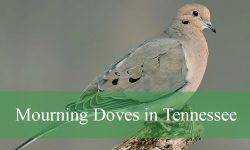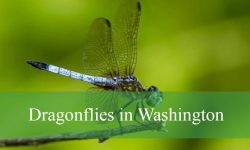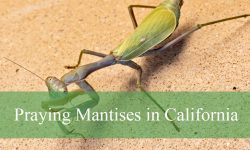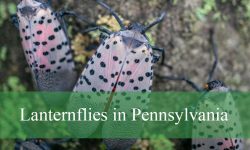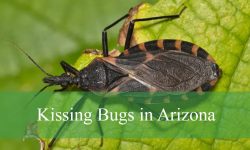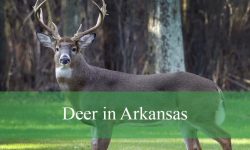In Vermont dwells a fascinating array of falcons, each exhibiting unmatched speed, agility, and hunting skill. These raptors are a thrilling sight for birdwatchers and nature enthusiasts alike.
Among the state’s most common falcons are the Peregrine Falcon, American Kestrel, and Merlin, while the rare Gyrfalcon occasionally visits during winter. Each species has distinctive features and behaviors that make identification both fun and rewarding.
This guide provides detailed information on all four falcons in Vermont, including their appearance, size, habitat, hunting behavior, and the best places and times to observe them.
Different Types of Falcons Found in Vermont
Peregrine Falcon (Falco peregrinus)
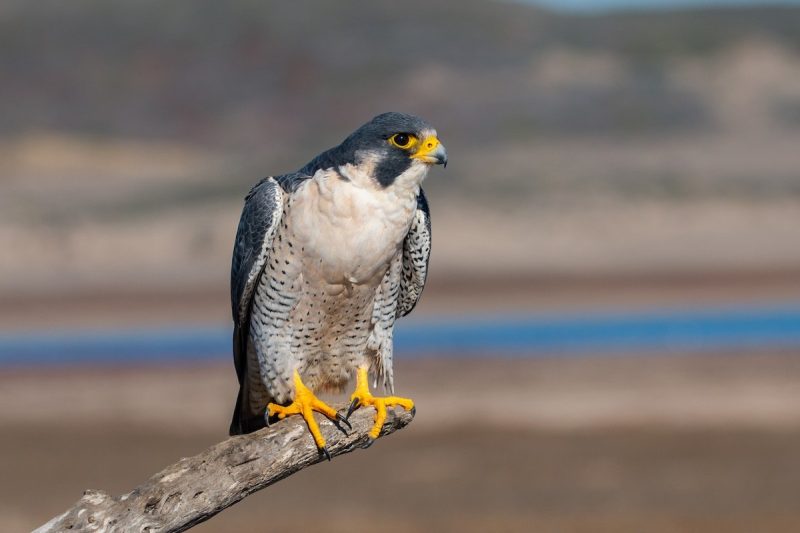
The Peregrine Falcon is one of the most iconic birds of prey in Vermont and across the globe. Known as the fastest animal on earth, it can dive at speeds exceeding 200 miles per hour when striking prey. Adults have striking features: a slate-gray back, barred underparts, and a distinct dark “helmet” with a bold malar stripe on their face. Their wings are long, pointed, and built for speed, while their bodies are medium-sized, usually measuring about 14 to 19 inches in length with a wingspan of 3 to 3.5 feet. Females are larger than males, a common trait among raptors.
In terms of behavior, Peregrines are fierce hunters specializing in capturing medium-sized birds in midair. Pigeons, shorebirds, and ducks are among their most common prey, but they can target a wide range of species depending on what is available. Their hunting style involves a high-altitude stoop, where they fold their wings and plummet with astonishing precision. Peregrines are territorial and often return to the same nesting cliffs year after year, showing remarkable site fidelity.
Within Vermont, Peregrine Falcons were once nearly eradicated due to pesticide use, particularly DDT, which caused eggshell thinning. However, thanks to conservation efforts and reintroduction programs, they have made a strong comeback. Today, they are regularly seen nesting on high cliff ledges and even on tall man-made structures such as buildings and bridges. The Green Mountains and other rocky outcrops provide ideal nesting habitats, and birdwatchers frequently observe them soaring above river valleys and lakes.
Their presence in Vermont is strongest during the breeding season, typically from spring through summer. They migrate south in winter, though some individuals may linger if food remains abundant. Watching a Peregrine Falcon in action is one of the most thrilling wildlife experiences in Vermont, especially when they display their breathtaking stoops. Their recovery is often celebrated as one of the state’s greatest conservation success stories.
American Kestrel (Falco sparverius)
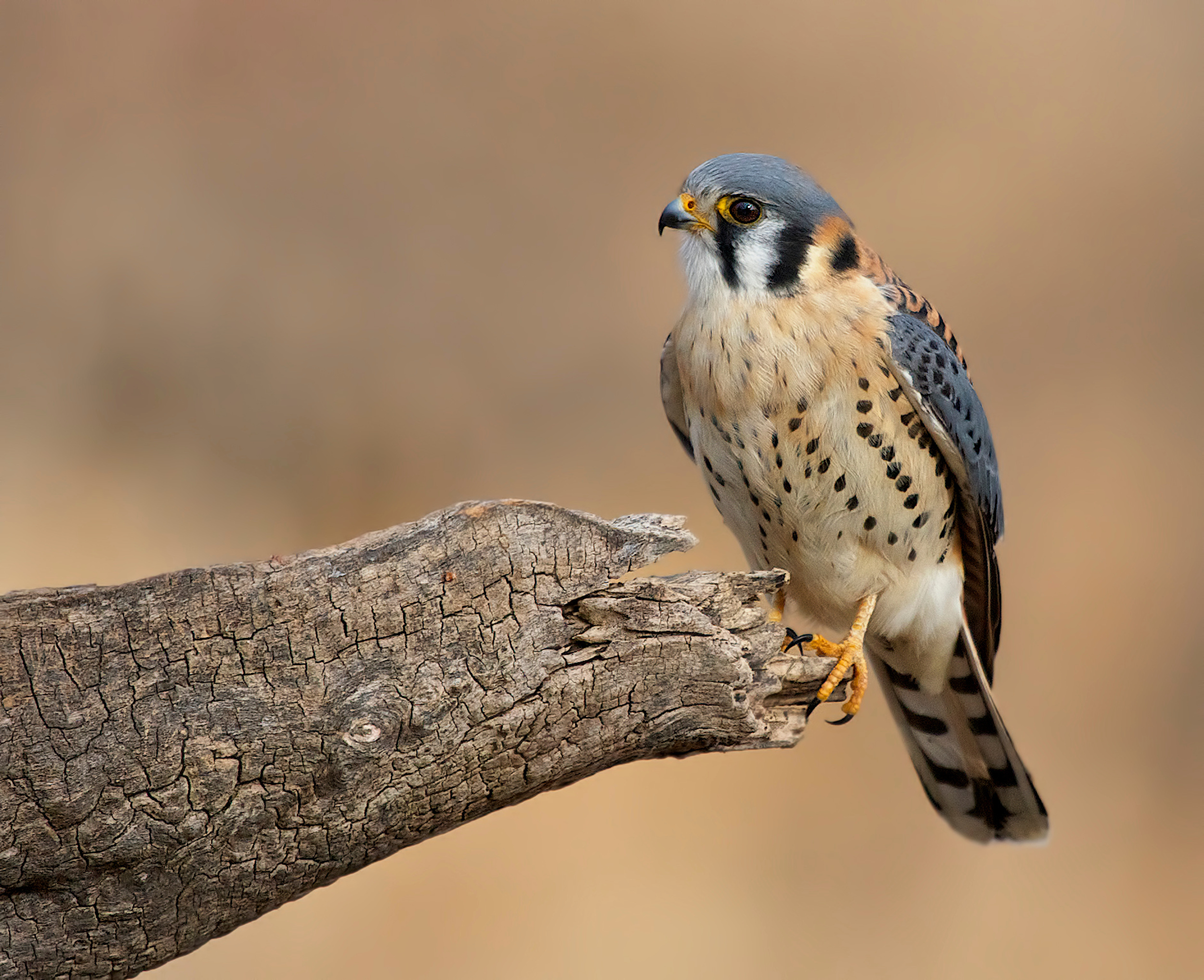
The American Kestrel, also known as the Sparrow Hawk, is the smallest falcon in North America and one of the most colorful raptors seen in Vermont. Males are particularly striking with blue-gray wings, a rufous back and tail, and black vertical facial stripes. Females are slightly larger and more uniformly rufous with barring across the wings and tail. Adults measure about 9 to 12 inches in length with a wingspan ranging from 20 to 24 inches. Despite their small size, kestrels are highly skilled hunters and incredibly agile flyers.
Kestrels are known for their distinctive hunting behavior: they hover in the air with rapid wingbeats while scanning the ground for prey. Their diet is varied, consisting of insects, small mammals, birds, and reptiles. In Vermont, they feed heavily on grasshoppers and crickets during summer but also switch to voles and mice when insects become scarce. They often perch on telephone wires or fence posts, giving birdwatchers good opportunities to spot them in open country.
In Vermont, the American Kestrel is most commonly found in farmlands, meadows, orchards, and other open areas with scattered trees or perches. They are cavity nesters, relying on tree holes, old woodpecker nests, or even man-made nest boxes. Over the years, kestrel populations have faced declines due to loss of open habitat and fewer nesting sites, but conservation groups continue to encourage landowners to provide kestrel-friendly spaces.
These birds are usually present in Vermont from spring through fall, with some migrating south during the harsh winter months. They are often one of the first falcons spotted in early spring as they return to breeding grounds. Watching a kestrel hover effortlessly above a meadow before swooping down on prey is a common yet delightful sight in Vermont’s countryside. Their adaptability and striking plumage make them a favorite among bird enthusiasts.
Merlin (Falco columbarius)
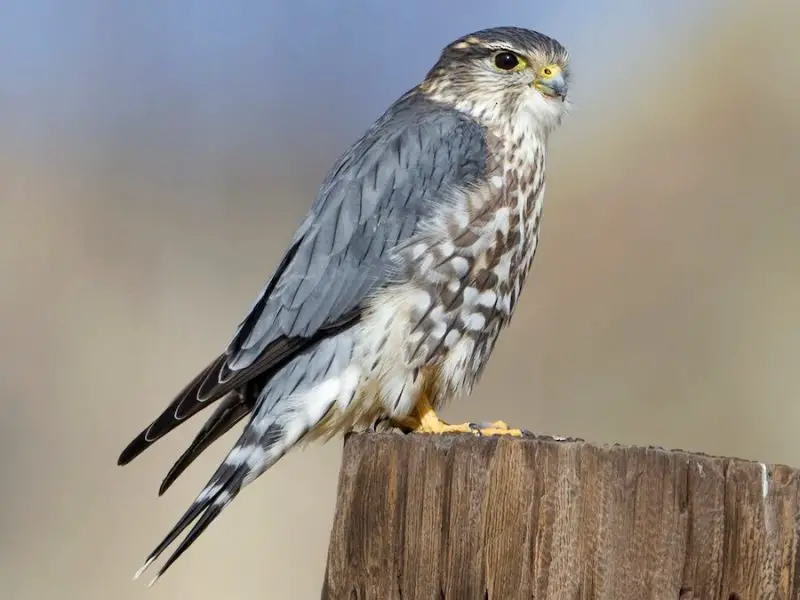
The Merlin is a compact, fast-flying falcon that inhabits Vermont, especially during migration and the breeding season. Smaller than the Peregrine Falcon but sturdier than the American Kestrel, Merlins measure around 10 to 13 inches long with a wingspan of about 2 feet. They have sharply pointed wings, a short tail, and a muscular build. Plumage varies, but males generally appear slate-gray on top while females and juveniles are brownish. Their streaked underparts and banded tails are helpful field marks for identification.
Behaviorally, Merlins are aggressive and powerful hunters. Unlike kestrels, they do not hover; instead, they rely on rapid pursuit flights to capture small birds, often chasing them across open skies or through wooded edges. They frequently hunt sparrows, starlings, and other small songbirds. Their direct, fast wingbeats distinguish them in flight, and they often fly low over treetops or water bodies while searching for prey. They are less vocal than kestrels, but their rapid chatter calls can be heard near nesting sites.
In Vermont, Merlins are often associated with forest edges, wetlands, and open grasslands. They can be spotted during spring and fall migrations, as many individuals pass through the state on their way to and from northern breeding grounds. However, in recent decades, they have expanded their breeding range southward, and some now nest in Vermont, particularly in the northern and central parts of the state. They may use old crow or magpie nests for raising their young.
Though less conspicuous than Peregrine Falcons, Merlins are increasingly encountered across Vermont. They are most likely to be observed in late summer and fall when young birds disperse and hunting activity is high. Birdwatchers often note their boldness, as Merlins are not shy about chasing prey near populated areas. Their presence adds excitement to Vermont’s skies, showcasing a falcon that embodies speed and determination in its hunting style.
Gyrfalcon (Falco rusticolus)
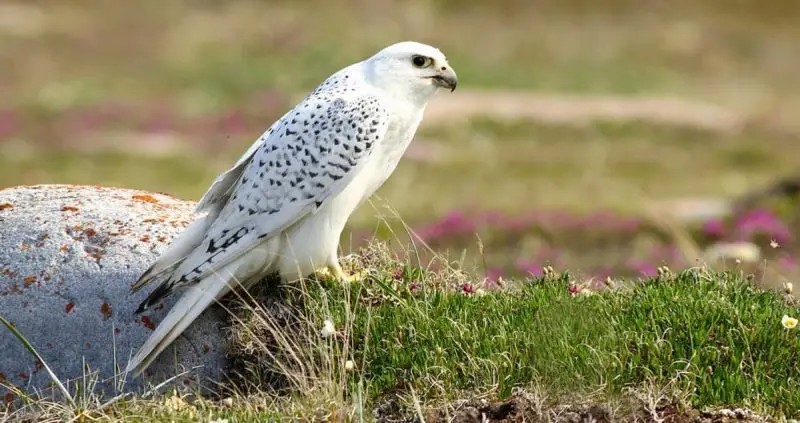
The Gyrfalcon is the largest falcon in the world and a rare winter visitor to Vermont. Native to the Arctic, these powerful raptors occasionally venture south into New England during particularly harsh winters. They are impressive in size, measuring 18 to 25 inches long with a wingspan of up to 4 feet. Plumage coloration is variable, ranging from dark gray to nearly pure white, with most individuals showing a combination of streaking and mottling. Their robust body, broad wings, and strong flight make them stand out from other falcons.
In terms of hunting behavior, Gyrfalcons are formidable predators, capable of taking down large birds such as ducks, grouse, and even geese. Unlike Peregrines that stoop from high above, Gyrfalcons often chase their prey in sustained, powerful flights. Their hunting style relies on endurance and strength rather than sheer speed. In Vermont, sightings often occur around large open areas, such as frozen lakes, fields, or coastal regions of Lake Champlain, where waterfowl and game birds are abundant.
Because Vermont lies far south of the Gyrfalcon’s breeding range, these falcons are considered rare and irregular visitors. They breed in Arctic tundra and cliffs, far to the north, but occasionally irrupt southward during food shortages or severe weather. Birders prize these sightings, as encountering a Gyrfalcon in Vermont is a memorable and unusual experience. Reports are most common during winter months, particularly December through February.
Their presence in Vermont adds to the state’s birding allure, as each winter brings the possibility of a rare encounter. Despite being built for extreme cold, Gyrfalcons adapt surprisingly well when winter conditions push them south. They serve as a reminder of the wild Arctic wilderness and its connection to Vermont’s ecosystems through migration. Spotting one perched on a utility pole or soaring over an open field is a once-in-a-lifetime experience for many bird enthusiasts in the state.
Best Time and Place to See Falcons in Vermont
The best time to observe falcons in Vermont depends on the species, as each one has different seasonal habits. Peregrine Falcons are most visible during the breeding season in spring and summer, when they return to their nesting cliffs. From April through July, they can be seen soaring over river valleys, cliffs, and high mountain ridges. The American Kestrel is easiest to spot from late March through October, especially in open farmlands, meadows, and orchards. They are often perched on wires or hovering above grassy fields while hunting.
For those seeking Merlins, the prime times are during spring and fall migration, typically April–May and September–October. They can be found around wetlands, forest edges, and open grasslands, particularly in northern Vermont. Some pairs may now nest in the state, making summer sightings possible. Gyrfalcons, on the other hand, are rare winter visitors. The best chance to see one is from December through February, particularly around Lake Champlain, large frozen fields, and open country where waterfowl gather.
Overall, falcon watching in Vermont is rewarding throughout the year. Spring and fall migrations bring increased activity, while summer offers nesting Peregrines and kestrels raising their young. Winter birders may be rewarded with the rare and exciting appearance of a Gyrfalcon. For the best experience, bring binoculars or a spotting scope, visit early in the morning when raptors are most active, and focus on habitats where their prey is abundant.
FAQs About Falcons in Vermont
What falcons can be seen in Vermont?
Vermont is home to three regularly seen falcons: the Peregrine Falcon, American Kestrel, and Merlin. The Gyrfalcon is a rare winter visitor, usually spotted only during harsh winters.
When is the best time to see falcons in Vermont?
The best time depends on the species. Peregrine Falcons are easiest to see from spring to summer on cliffs and high ridges. American Kestrels are common in open fields from late March through October. Merlins are most active during spring and fall migrations, while Gyrfalcons are only seen in winter.
Where should I go to find falcons in Vermont?
Cliffside areas and mountain ridges in the Green Mountains are excellent for Peregrine Falcons. Farmlands, orchards, and meadows are best for spotting kestrels. Wetlands and forest edges attract Merlins, while Lake Champlain and large open fields are the best places to look for Gyrfalcons in winter.
Do falcons live in Vermont year-round?
Some falcons, such as American Kestrels and Peregrine Falcons, spend much of the year in Vermont, especially during breeding season. However, most Merlins migrate south in winter, and Gyrfalcons only appear occasionally during the coldest months.
Are Peregrine Falcons still rare in Vermont?
Peregrine Falcons were once nearly eliminated from Vermont due to pesticide use, but successful conservation programs helped restore their population. Today, they are regularly seen nesting and soaring in many parts of the state.

